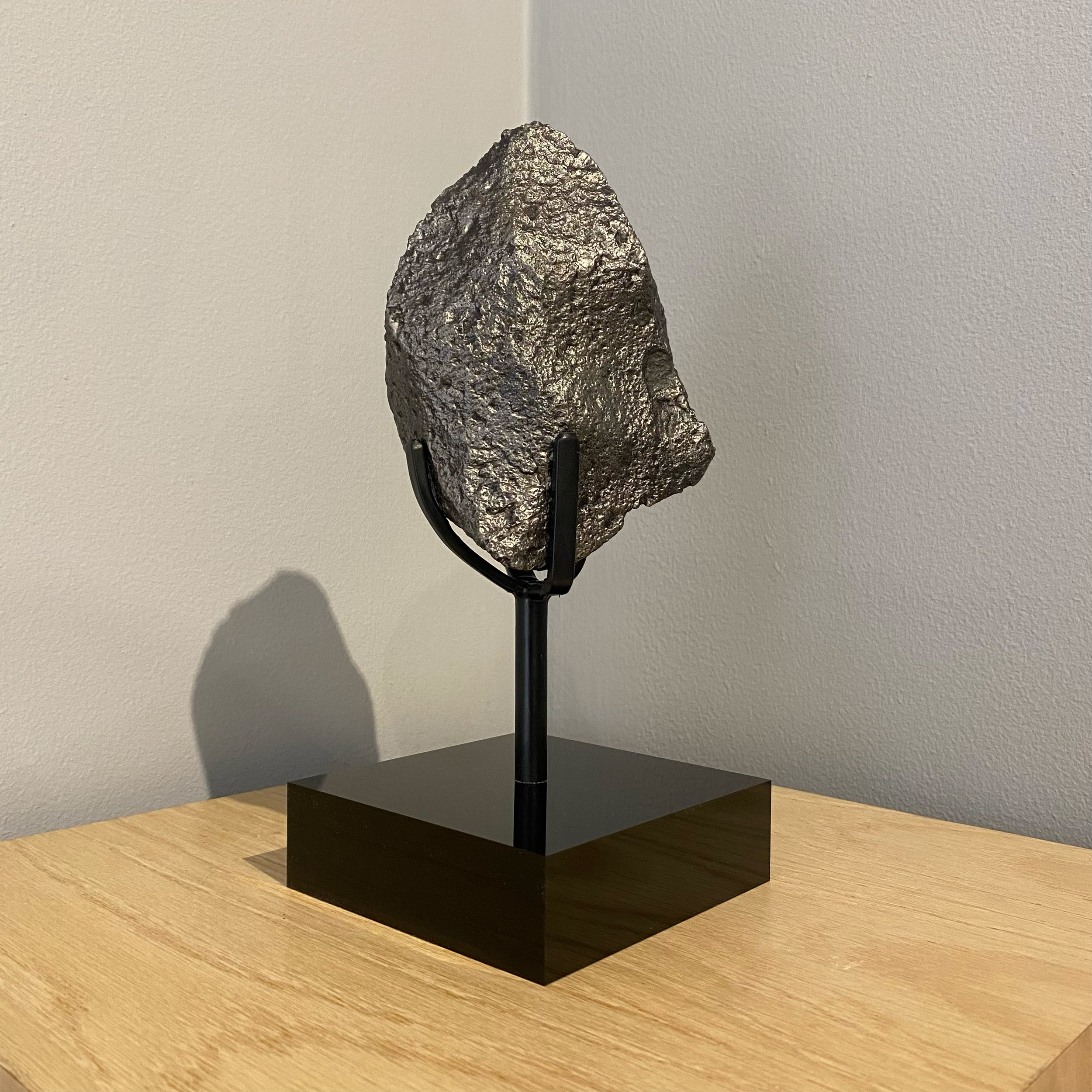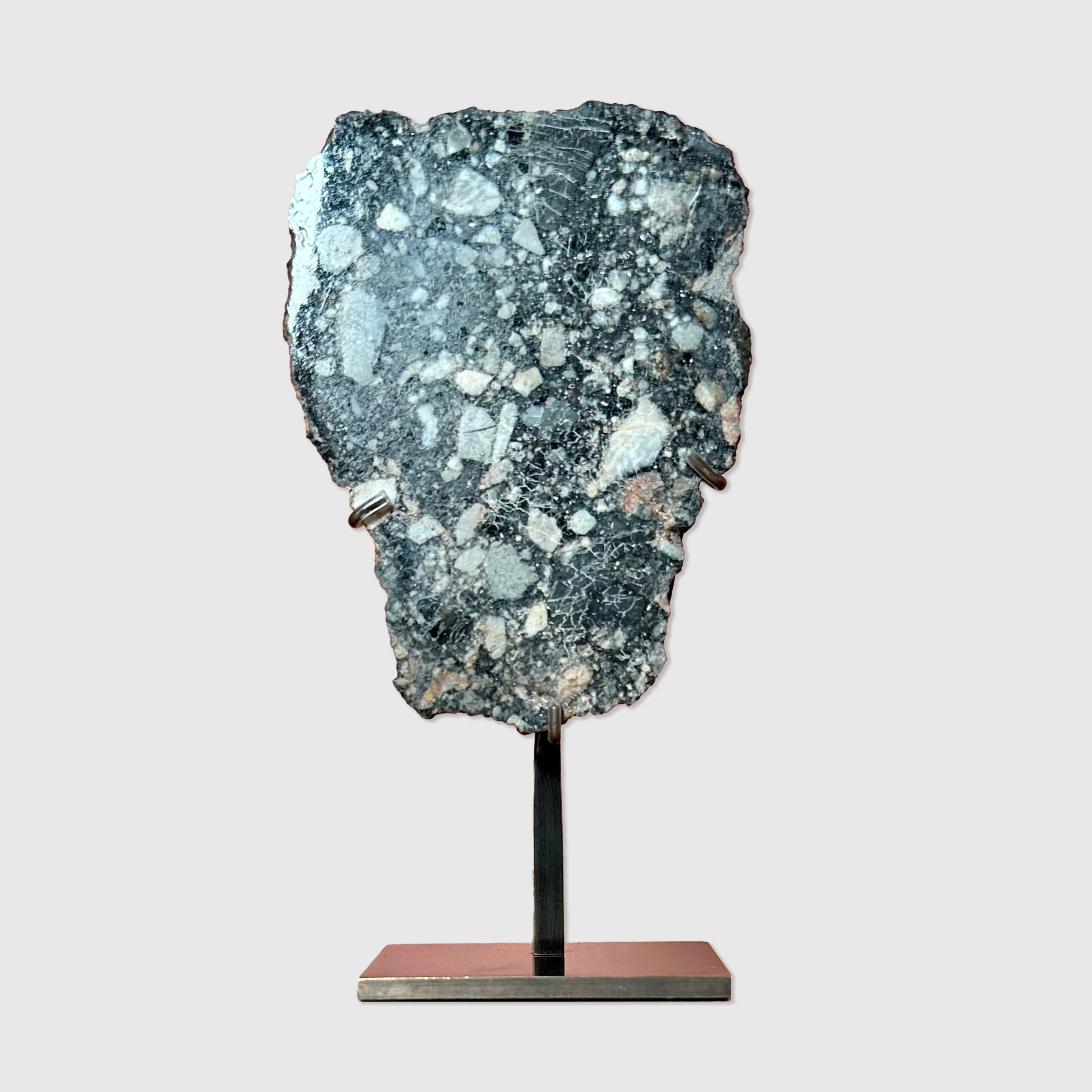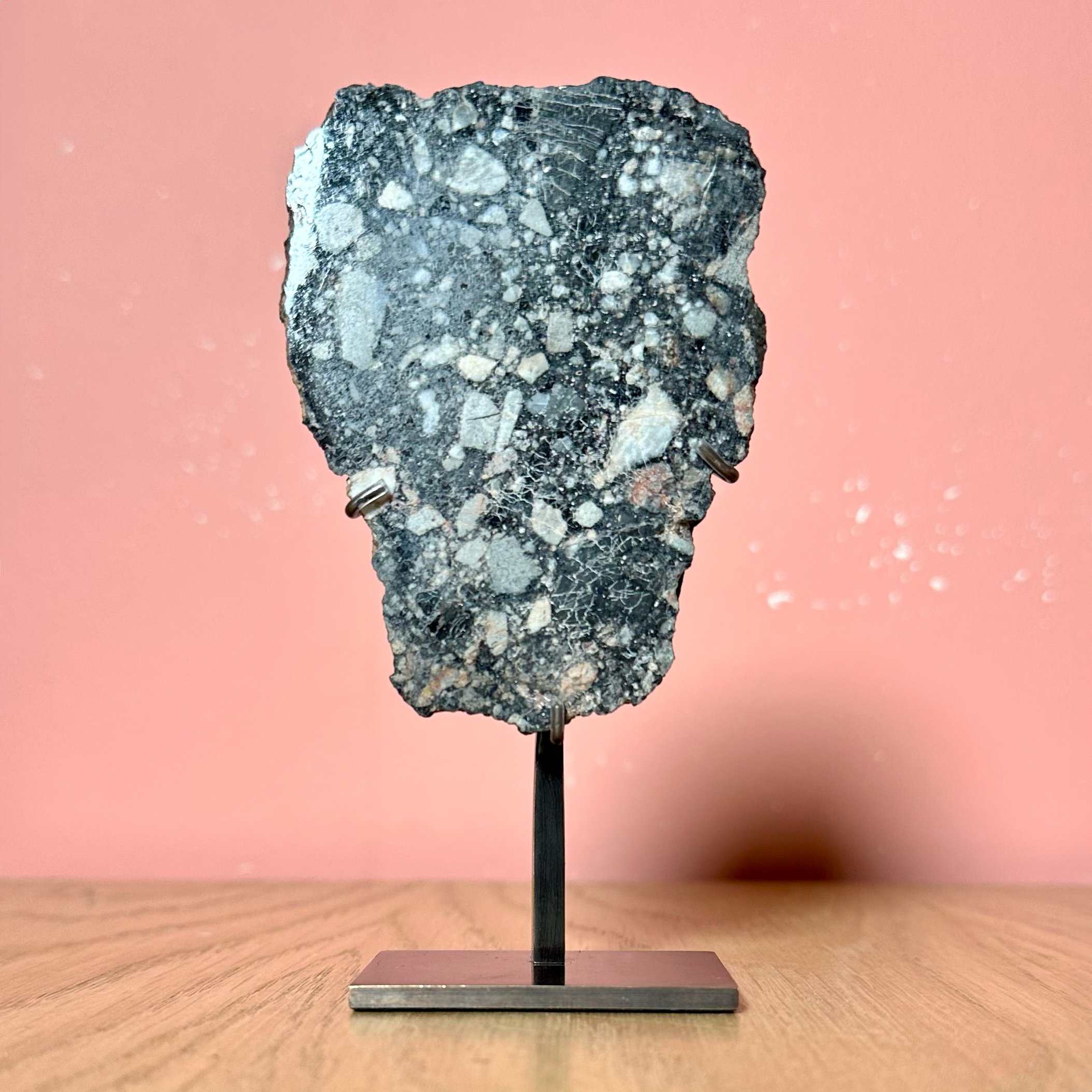Chondrite Meteorite
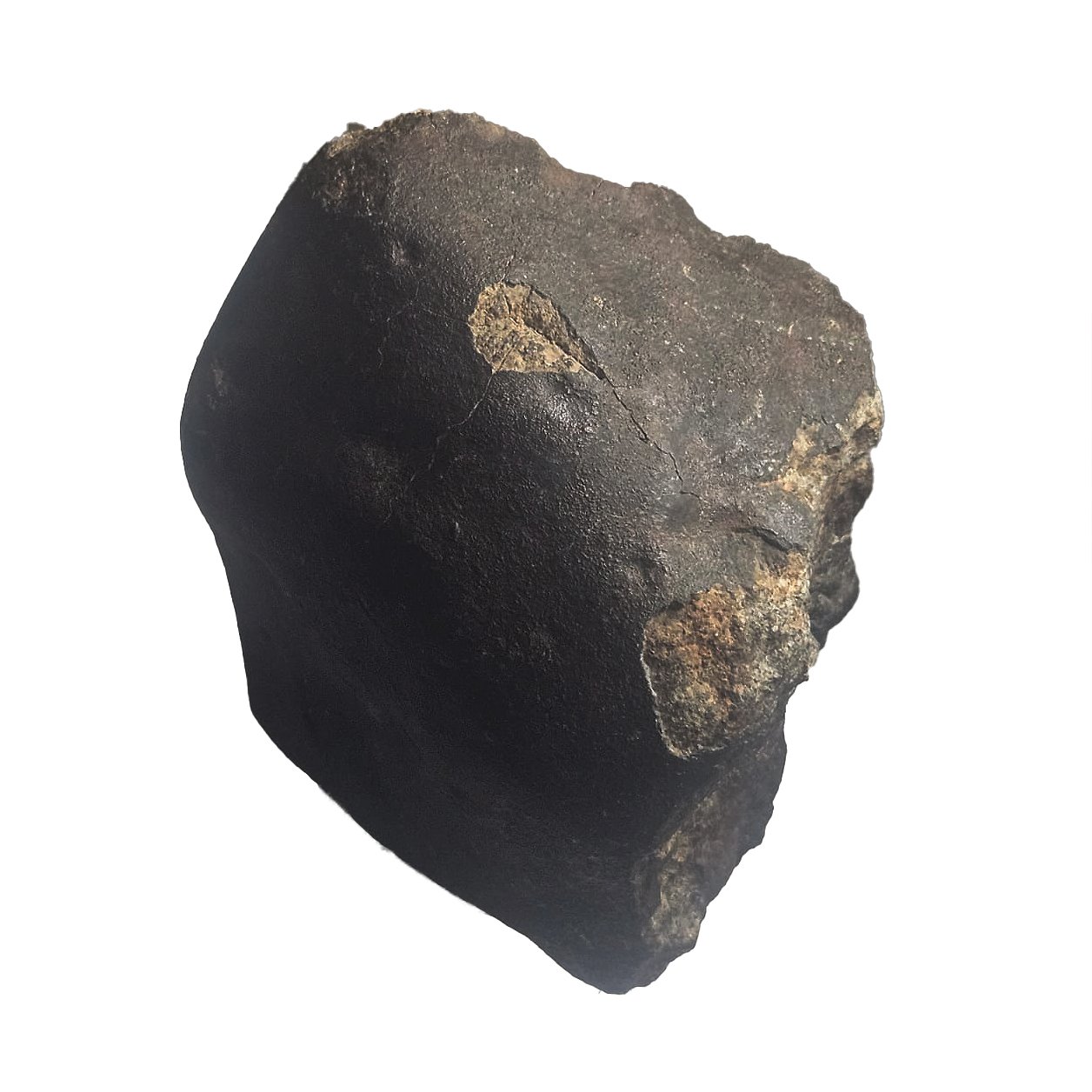
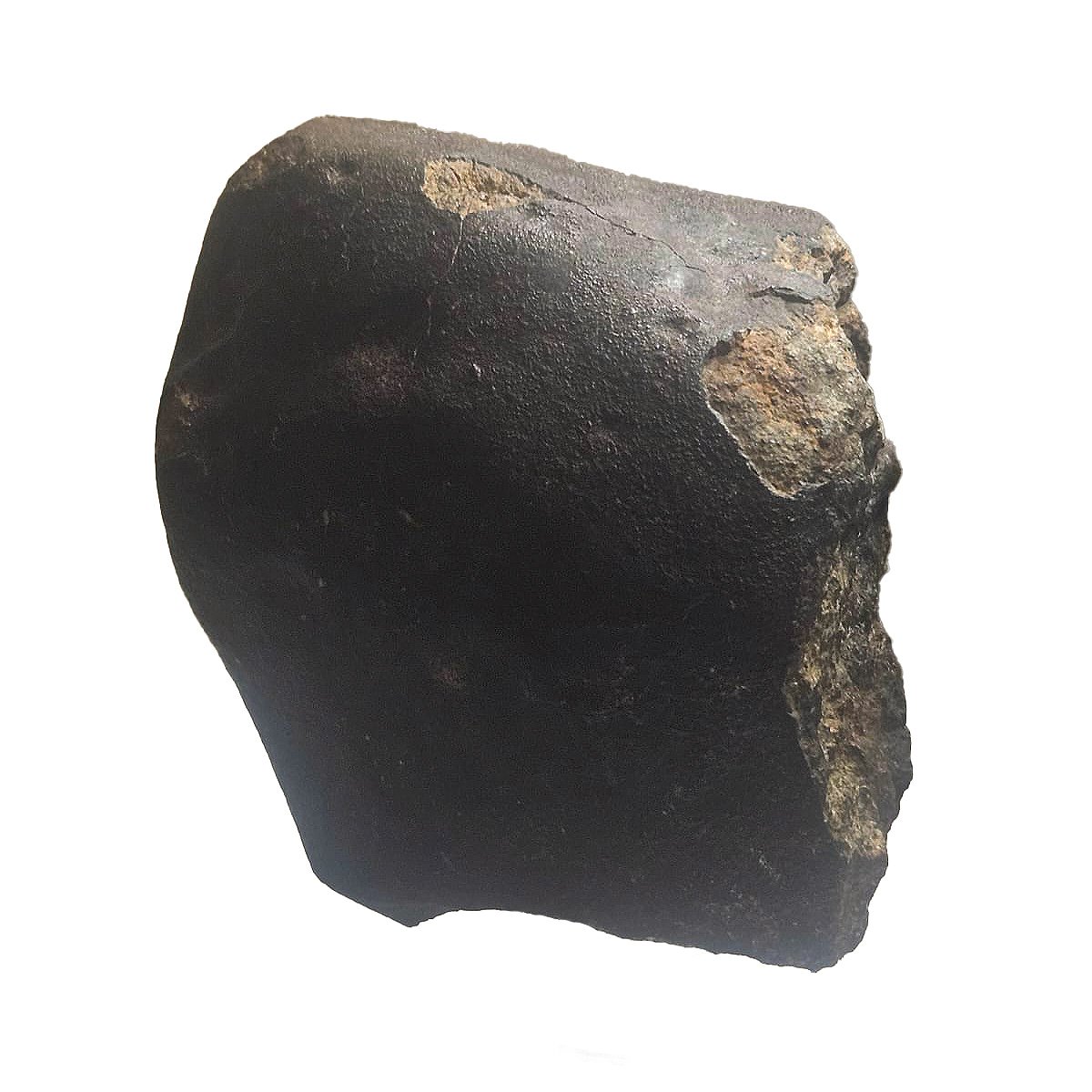
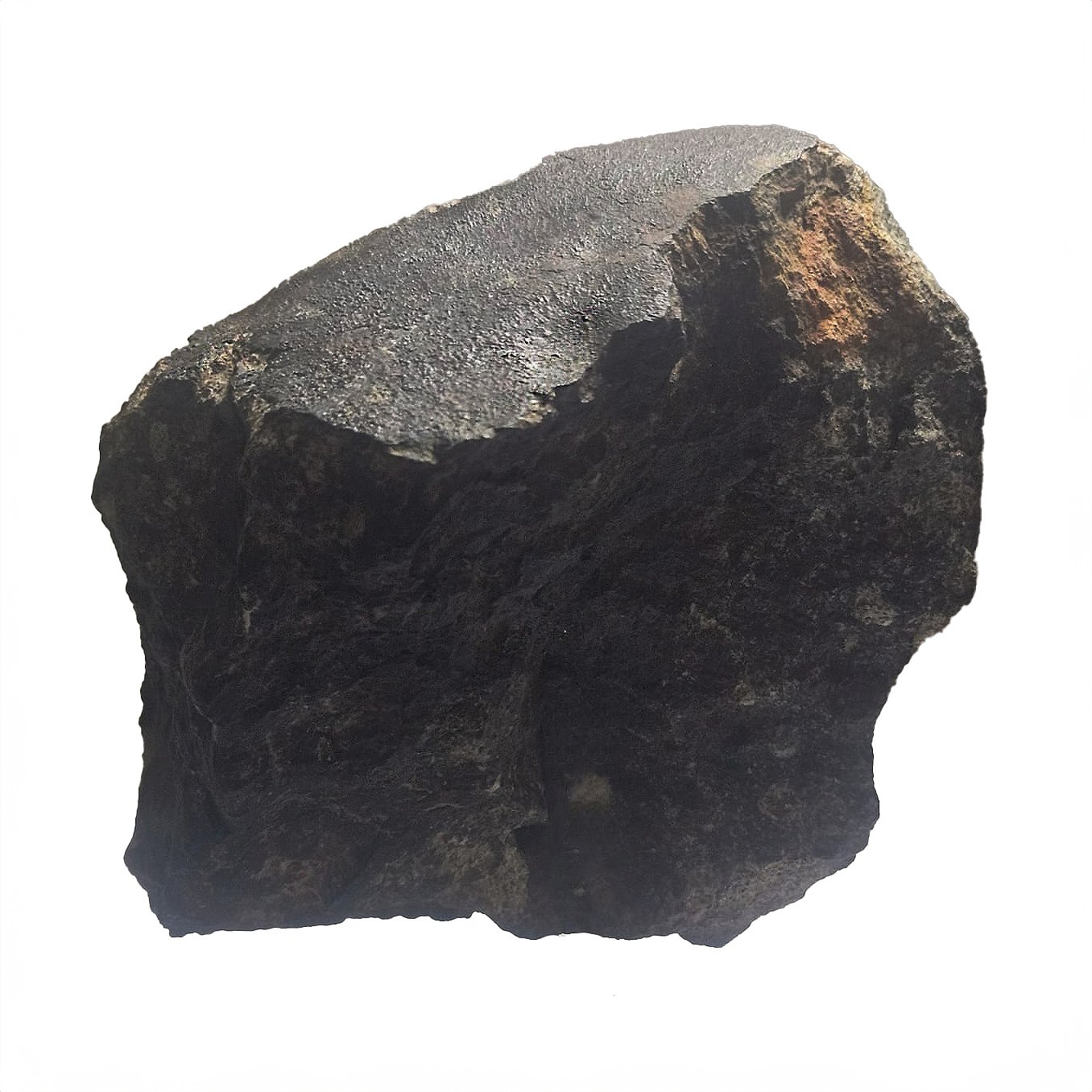
Chondrite Meteorite
Chondrite Meteorite
Approximately 4.5 billion years old
16 × 13 × 6 cm
2561 grams
Found in Somalia, East Africa
Bespoke stand included
Verified by the Natural History Museum Oxford, UK
£1,200.00
Chondrites are stony, non-metallic meteorites that provide the best clues to the origin of the solar system. They are the oldest known rocks with their components formed during the birth of the solar system around 4.5 billion ago. Chondrites are broadly ultramafic in composition, consisting largely of iron, magnesium, silicon, and oxygen. Overall, their chemistry is very primitive due to very few chemical interactions with other objects happening since their formation.
Known for their distinctive appearance, Chondrites are made from droplets of silicate minerals mixed with small grains of sulphides and iron-nickel metal. Their millimetre-sized granules give chondrites their name, from the Greek 'chondres' meaning sand grains.


